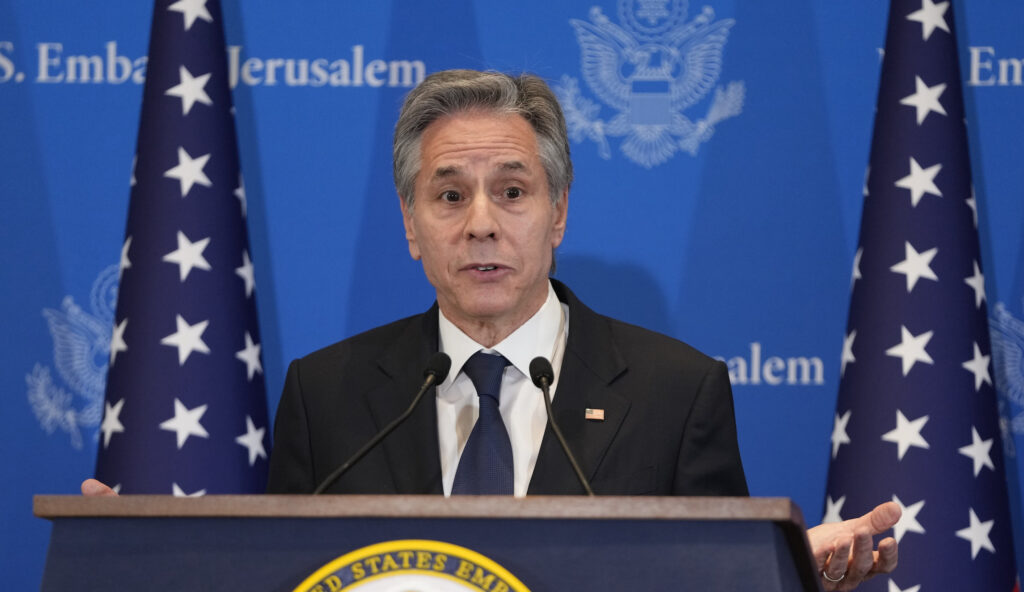Israel’s incursion into Gaza has lasted more than 100 days, but it has yet to find many of the Hamas leaders responsible for the attack on Oct. 7, 2023.
The hunt for the terrorist group’s leaders has Israel turning its attention to Rafah, a southern city that has become a refuge for more than a million Palestinians who have fled their homes — and, in turn, prompted speculation about the future of Hamas’s leaders, especially Yahya Sinwar.
Israeli Prime Minister Benjamin Netanyahu, in televised remarks on Wednesday, said he had ordered troops to “prepare to operate” in Rafah and that achieving a “total victory” would occur in a couple of months.
As Israeli forces began their military operations in Gaza in late October, about two weeks after the attack that left roughly 1,200 people dead, they urged Palestinians to flee south as they carried out operations in northern Gaza. They have begun operations further south as time has gone on. As a result, Israeli forces are operating in more densely populated areas by not allowing Palestinians to return north.
Israel’s military operations have resulted in the deaths of tens of thousands of people, the injuries of even more people, and the displacement of an overwhelming percentage of Gaza residents. There are significant strains on essential resources, threatening widespread hunger and disease with not enough supplies to go around.
The U.S. repeatedly has urged Israel to do more to prevent the loss of Palestinian civilian lives, including in light of its intended movements into Rafah.

“Israel has the responsibility, has the obligation to do everything possible to ensure that civilians are protected and that they get the assistance they need in the course of this conflict,” U.S. Secretary of State Antony Blinken said Wednesday in Tel Aviv, Israel. “Any military campaign, military operation that Israel undertakes needs to put civilians first and foremost in mind. And I suggested, again, some ways to do that. And that’s especially true in the case of Rafah, where there are somewhere between 1.2 and 1.4 million people, many of them displaced from other parts of Gaza.”
Blinken was in the Middle East this week, meeting with Israeli and Arab leaders pursuing a ceasefire and hostage release agreement between Israel and Hamas.
Hamas issued a counterproposal to the deal the U.S., Egyptian, and Qatari governments proposed to the terrorist organization a little while ago. Their offer included some “non-starters,” according to Blinken, though he maintained a belief that it was a step in the right direction.
“We see, in what was sent back, space to continue to pursue an agreement,” the secretary said. “And these things are always negotiations. It’s not flipping a light switch. It’s not yes or no. There’s invariably back and forth. And as I said, we see the space for that.”
CLICK HERE TO READ MORE FROM THE WASHINGTON EXAMINER
As Israeli leaders deal with increasing international pressure to end the war and work toward a Palestinian state, they are continuing to face the families of the roughly 135 people still held hostage by Hamas in Gaza.
Those same Israeli leaders vowed immediately after the attack, which included the abduction of more than 240 people in total, to capture or kill top Hamas leaders, including Sinwar and Mohammed Deif, but neither has been found yet. Despite that initial promise, there have been discussions in Israel’s war cabinet about the possibility of allowing Sinwar and other Hamas leaders to leave Gaza and live in exile, according to NBC News.

